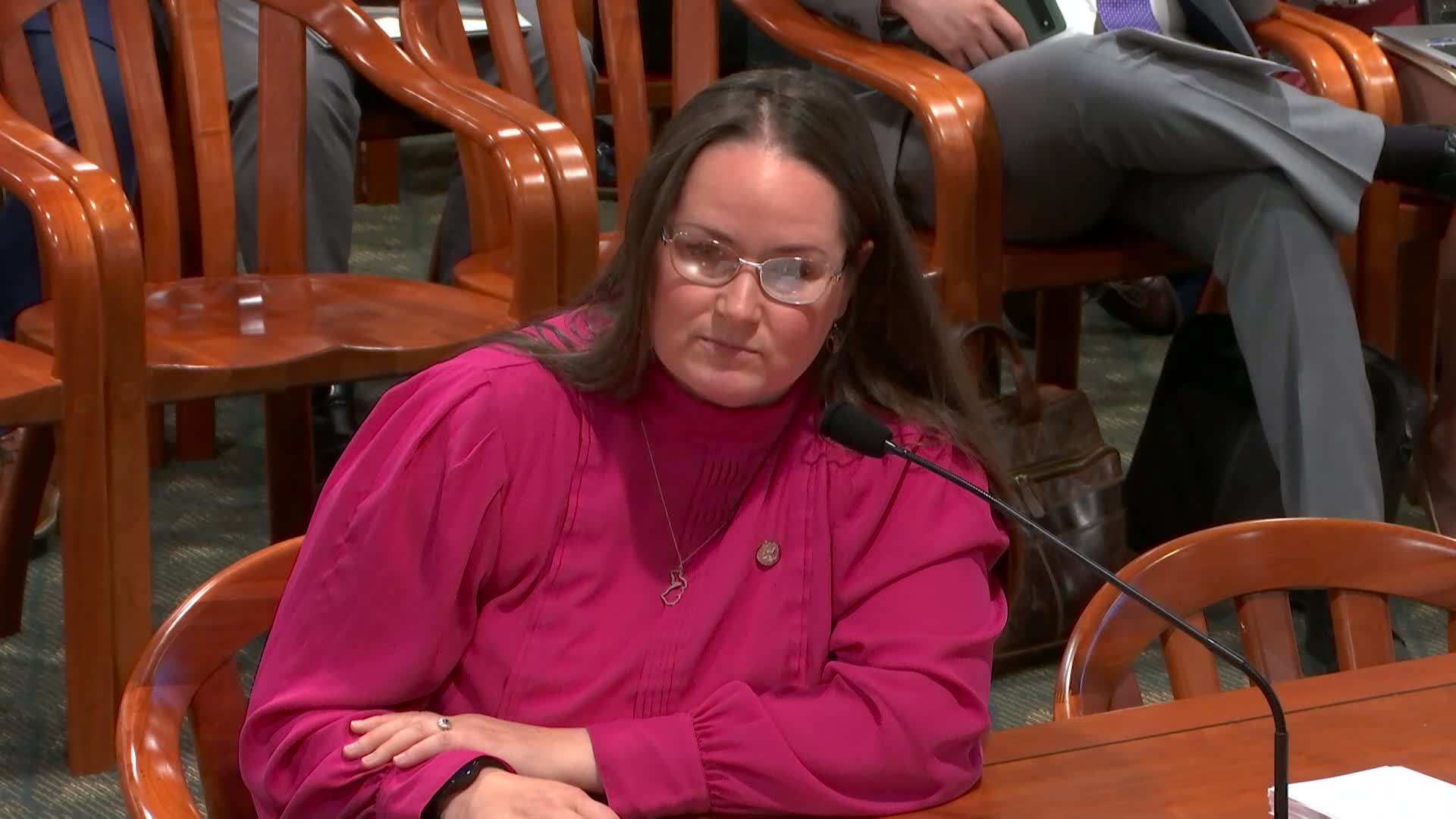Lawmakers push for life-saving training in schools
June 12, 2024 | Judiciary, House of Representative, Committees , Legislative, Michigan

This article was created by AI summarizing key points discussed. AI makes mistakes, so for full details and context, please refer to the video of the full meeting. Please report any errors so we can fix them. Report an error »

During a recent government meeting, discussions centered around the potential implementation of new life-saving training programs in schools, sparking a debate on curriculum changes and resource allocation. A key concern raised was the necessity of balancing the introduction of new educational content with existing curriculum requirements, as adding new subjects often necessitates the removal of others.
One participant expressed support for the initiative but sought clarity on how educational stakeholders, including the Michigan Association of School Boards and the Secondary Principal Association, have engaged in discussions regarding the proposed changes. The superintendent of a local school district described the initiative as forward-thinking and expressed eagerness to implement it, highlighting that similar training is already provided to staff.
Concerns were voiced regarding the financial implications of mandating equipment for the training, with a focus on ensuring that schools are not solely responsible for funding. The conversation included specifics about the costs of necessary equipment, such as trauma kits, which are estimated at approximately $15 each. This approach aims to foster community partnerships to alleviate financial burdens on individual schools.
As the discussions progress, stakeholders await further clarification on the final language of the proposed mandates and the official positions from educational associations, which will be crucial for the successful implementation of these life-saving programs in schools.
One participant expressed support for the initiative but sought clarity on how educational stakeholders, including the Michigan Association of School Boards and the Secondary Principal Association, have engaged in discussions regarding the proposed changes. The superintendent of a local school district described the initiative as forward-thinking and expressed eagerness to implement it, highlighting that similar training is already provided to staff.
Concerns were voiced regarding the financial implications of mandating equipment for the training, with a focus on ensuring that schools are not solely responsible for funding. The conversation included specifics about the costs of necessary equipment, such as trauma kits, which are estimated at approximately $15 each. This approach aims to foster community partnerships to alleviate financial burdens on individual schools.
As the discussions progress, stakeholders await further clarification on the final language of the proposed mandates and the official positions from educational associations, which will be crucial for the successful implementation of these life-saving programs in schools.
View full meeting
This article is based on a recent meeting—watch the full video and explore the complete transcript for deeper insights into the discussion.
View full meeting
